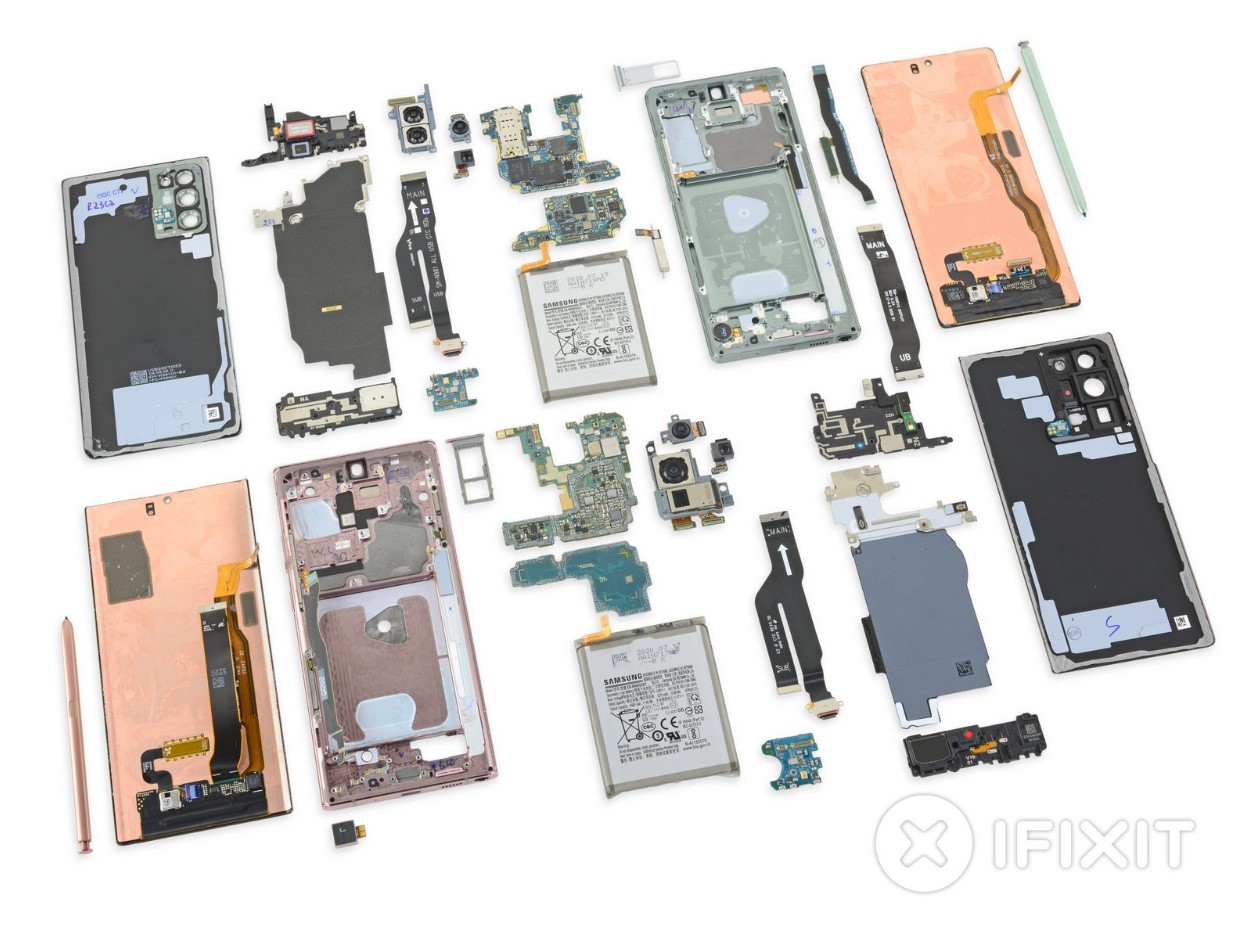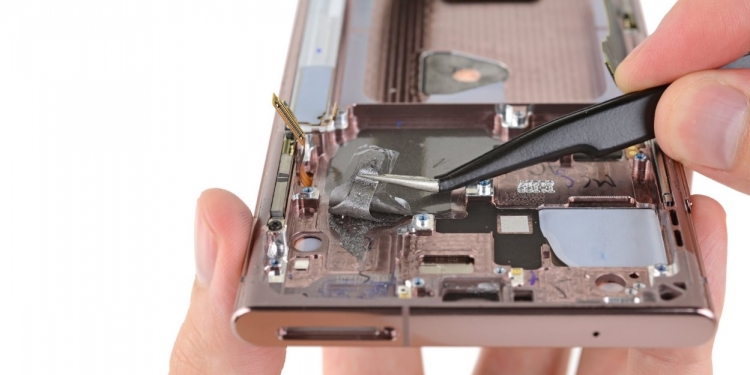Flagship smartphones like the Samsung Galaxy Note 20 series are normally packed with the latest cutting technology. But following a teardown of the phone conducted by iFixit, there’s been a major revelation that not all Galaxy Note 20 and Note 20 Ultra models are cooled using the same method.
The revelation comes as a surprise as the teardown experts discovered that while some Galaxy Note 20 models used a copper vapour chamber, the kind commonly used on flagship devices like the Galaxy Note 10+ and the Razer Phone 2, others used a multi-layered graphite thermal pad instead.
But does it really matter which cooling solution you get on your Galaxy Note 20? For those not in the know, a vapour chamber works by diverting heat away from the CPU and GPU. Check out this video by YouTuber JerryRigEverything as he takes apart a Razer Phone 2’s vapour chamber to see how it actually works.
It is pretty fascinating how the vapour takes heat from the CPU takes it to the far side of the chamber, cooling down to liquid for it to repeat all over again. It is a pretty cool process that helps keep the phone running at peak performance especially when running demanding apps like games.
A graphite thermal pad, on the other hand, is a thermally conductive material that helps dissipates heat from a CPU. In a recent video, Linus Tech Tips found that graphite thermal pads for computers were not as good at spreading heat out from the CPU as a dedicated thermal pipe.
Now you may expect the graphite solution would be used on the base Galaxy Note 20 model while the fancy copper vapour chamber would be exclusively used on the more premium Galaxy Note 20 Ultra. That doesn’t seem to be the case, as both cooling methods were used across on the two different Note models.

At first, iFixit suspected Samsung was using different cooling methods for the U.S. and international variants of the phone. In case you didn’t know the Galaxy Note 20 series in the U.S., Korea, China and Japan run on Qualcomm Snapdragon 865+ chipset while models sold to the rest of the world come with Exynos 990 chips.
But another teardown by JerryRigEverything revealed that even Exynos models of the Galaxy Note 20 Ultra came with a graphite layer. It is rather strange that a company as big as Samsung is adopting different cooling solutions for different units of its flagship phone.
One theory suggested by SamMobile, is that Samsung could be testing the design on a number of phones as it could be moving away from using copper vapour chambers and heat pipes. That being said this is just a theory and nothing is confirmed.
Despite the irregularities in the use of cooling materials, Samsung is still employing the use of copper cooling in other parts of the phone such as the display which has a copper lining. Also, there have been no reports of any Galaxy Note 20 series phone overheating, so the two methods seem to be working fine.
But what do you guys think? How would you feel if you were to discover your Galaxy Note 20 Ultra was using graphite cooling instead of a copper vapour chamber? Let us know in the comments below.








